
Sciences & Technology
I’m an animal … get me out of here!
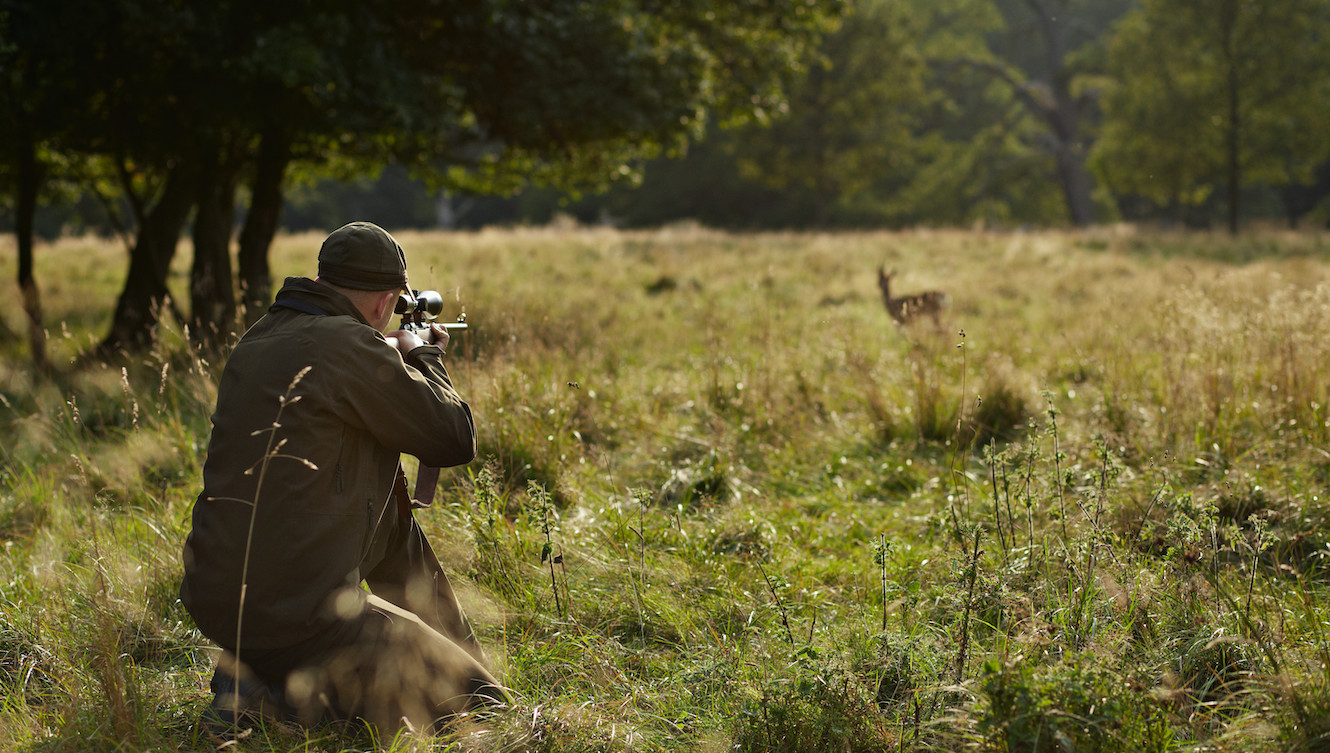
Ammunition is a major source of environmental lead pollution, but there are alternatives we could be using to prevent Australian wildlife from being exposed to this toxic metal
Published 1 September 2021
From commercial kangaroo harvesting, culling of introduced animals like feral pigs, to deer hunting, shooting is ubiquitous across our continent.
Whether or not you condone shooting for ethical reasons, it’s important to look at the unintended negative consequences of these activities on ecosystems and individuals. Indeed, shooting activities are playing a major role in an alarmingly under-recognised health issue – lead toxicity from bullets in our wildlife.
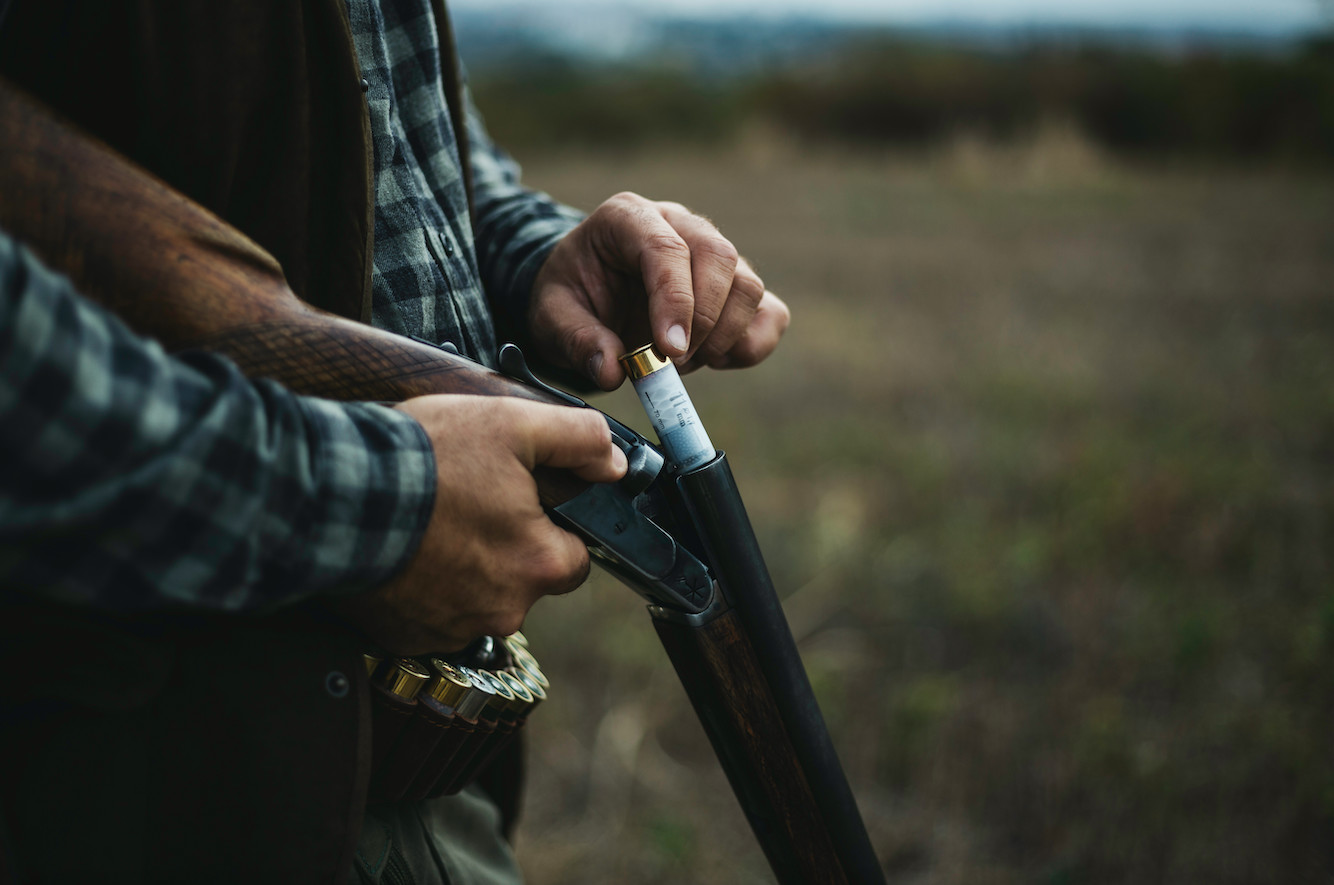
Lead (Pb) has traditionally been used for projectiles fired from shotguns (shot) and rifles (bullets). Its popularity is due to three main reasons: it’s a dense, soft and cheap metal. These features mean it can be used to kill animals quickly and inexpensively, including for aerial shooting. But lead is toxic.
One of the most harmful myths associated with this issue in Australia is that we have already banned all lead ammunition.

Sciences & Technology
I’m an animal … get me out of here!
The only shooting practice for which lead ammunition has been banned is duck hunting.
Victoria banned lead for this use in 2002, however, all other shooting activities continue to use unregulated lead ammunition. This adds up to tonnes of lead going into many otherwise pristine environments every year.
Levels of lead considered harmful have been continually revised down as we have learned more about the non-lethal effects of lead on animals and people. The effects of lead are harmful to nearly all body systems but neurological impacts are the most damaging.
The nervous system of young animals (and humans) is particularly susceptible to even mildly elevated lead concentrations.
In fact, lead is so toxic that the World Health Organisation now recognises that there is no safe level of lead exposure. Any amount of lead is harmful.
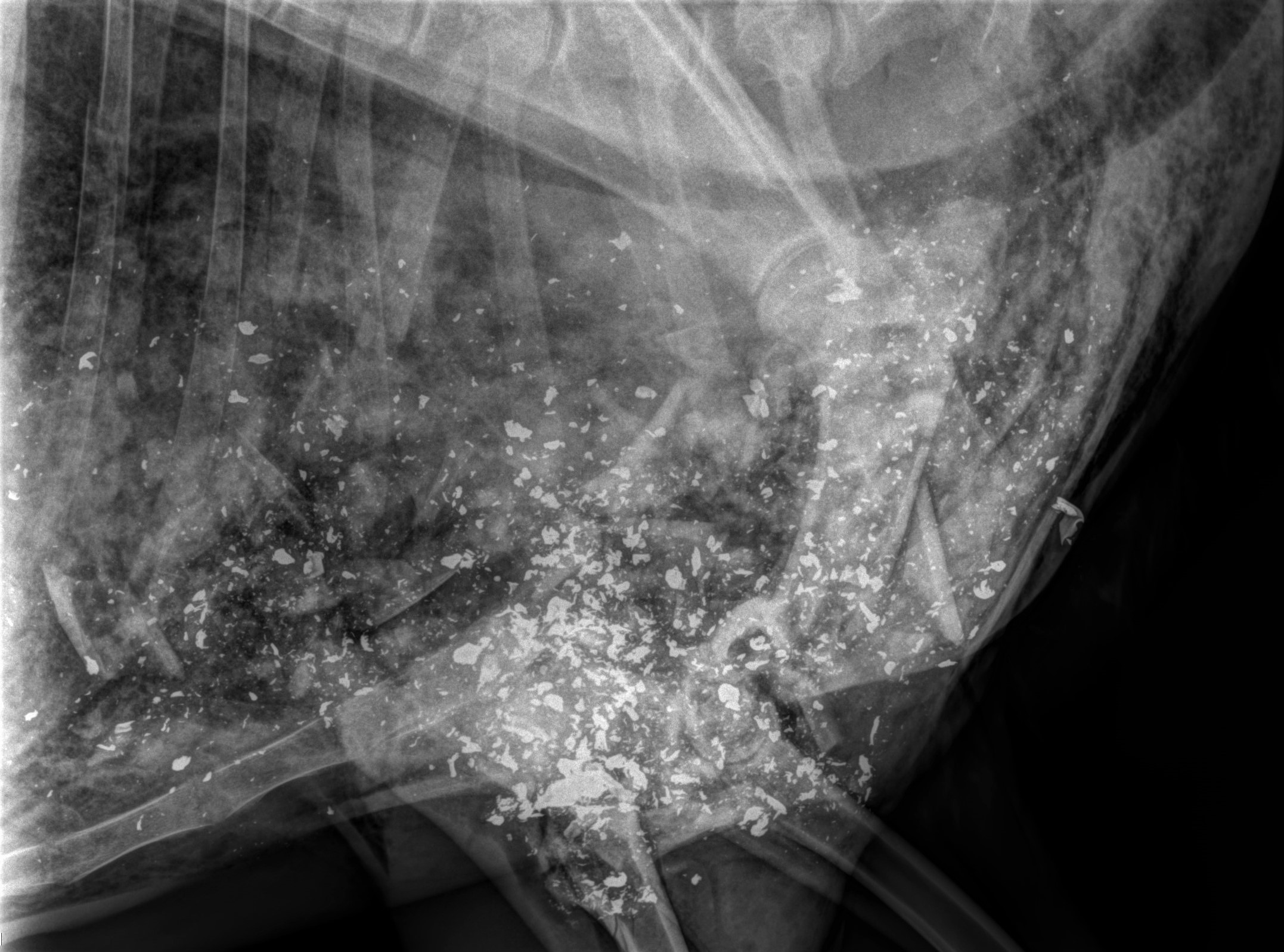
Due to this toxicity, lead is banned from fuel, paint, plumbing and many other products in most developed countries, but not ammunition. This has important and widespread health effects that are now starting to be understood.

Sciences & Technology
Herbicide impacts marsupial reproduction and development
Lead’s toxic nature doesn’t intuitively seem alarming in the context of shooting, as long as we don’t get shot or eat a bullet. The problem is that lead’s softness, which allows it to kill animals quickly, leads to it fragmenting into hundreds of small pieces. Most lead fragments are so tiny, they are invisible.
Anyone who has looked at an X-ray of an animal that has been shot with lead bullets will notice a remarkable thing. Instead of a neatly circumscribed bullet being visible, the animals’ tissues are peppered with hundreds of tiny fragments.
If the shot animal is removed for human consumption, people will be affected by lead ingestion. If the shot animal is left where it lies, these lead fragments become a threat to any scavenging wildlife.
Lead doesn’t go away. Lead ammunition fired today will be in our environment for decades to come.
A recent Danish study dredged up wetland sediment from popular waterbird hunting sites more than 30 years after a ban was imposed on the use of lead shot for this type of hunting. They found that up to 250 kg of lead per hectare remained, broadly similar to densities found in the 1970s before the ban.

Any animal or person who eats the meat of an animal shot with lead is at risk. Lead ammunition poses a threat to all scavenging wildlife but risks are further heightened in scavenging birds because their mobility and foraging strategies contribute to potential exposure.

Sciences & Technology
Variety is the spice of life... and key to saving wildlife
Species affected overseas include iconic and conserved birds like California condors, golden eagles and bald eagles.
A revealing recent study of golden eagles in northern Europe showed that eagles that ingested lead from ammunition in moose carcasses had their risk of mortality via other means, like vehicle collision, increase by 3.4 times due to impaired cognitive function and resultant effects on their flight patterns.
Research in this field in Australia is in its infancy, lagging decades behind international efforts. One of the first steps taken has been inferring at-risk scavenging animals through camera trap studies to monitor which wild animals come to feed on shot carcasses.
The results show us that animals at risk include raptors like eagles and hawks, ravens, goannas and a variety of native and introduced mammals.
These studies have been followed by measuring lead concentrations in the tissues of wild scavengers. What we are starting to see is that lead is having harmful effects on Tasmanian devils and wedge-tailed eagles, with lead exposure levels high enough to be a threat to the conservation of these species.
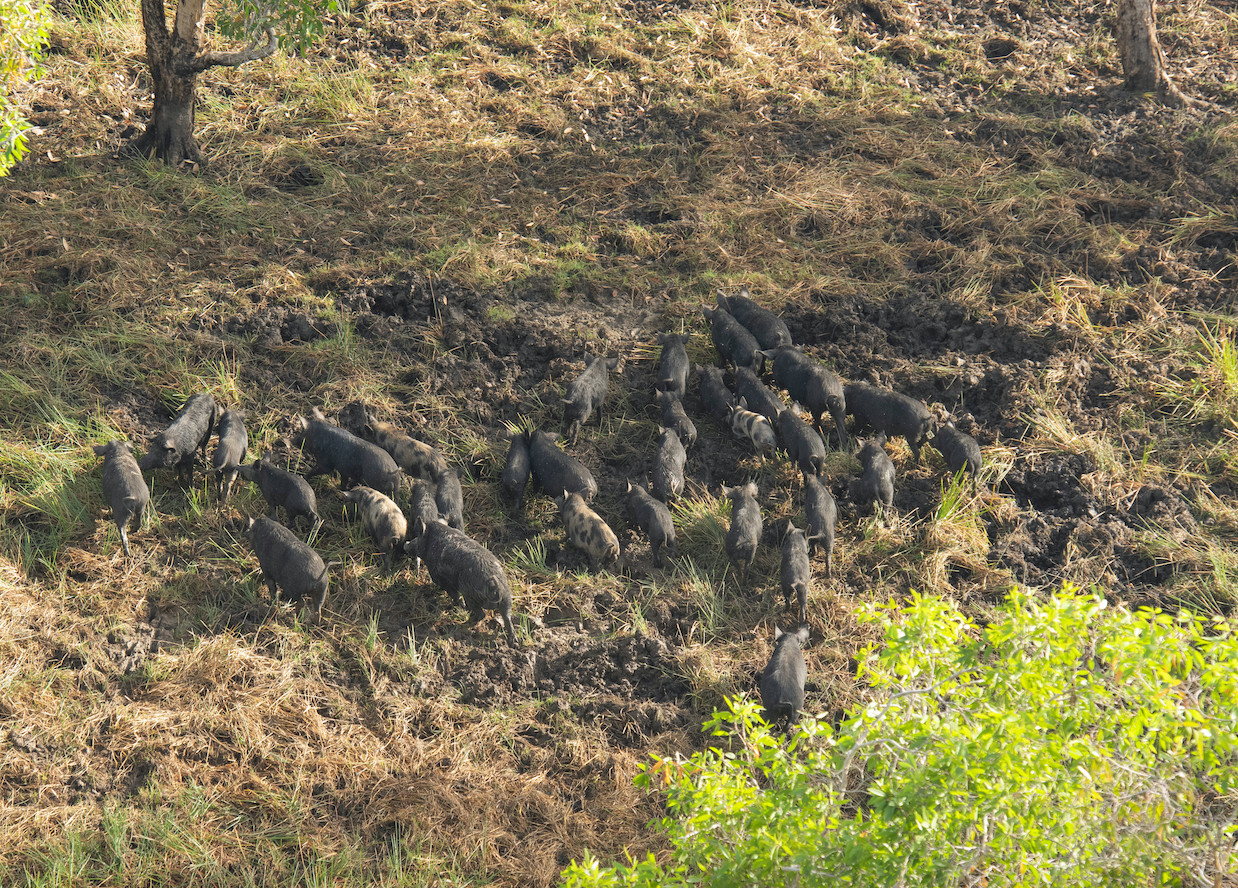
Concerningly, the animals with by far the highest levels of lead exposure detected in Australia (amounting to lethal levels in some animals) have been wedge-tailed eagles from Victoria.

Sciences & Technology
Detecting amphibian pathogens in the water to boost frog conservation
Regrettably, Australia has a history of overlooking heavy metal contamination, and this trend has been observed for lead as well as mercury.
But the problem of lead exposure in wildlife is not an intractable environmental dilemma.
There is a simple and immediate solution – we need to stop using lead ammunition. This should be seen as comparable to the introduction of unleaded fuel which didn’t harm the automobile industry.
Just as with fuel, abundant lead-free ammunition alternatives exist. Many deer hunters already use copper rather than lead bullets. My recent research has shown that they can readily be used for aerial shooting, currently a huge contributor to lead pollution, although they are currently more expensive.
The results suggest that lead-based and lead-free bullets are similarly effective for aerial shooting of feral pigs, but that the bullet types behave differently, with lead bullets displaying a higher degree of fragmentation.
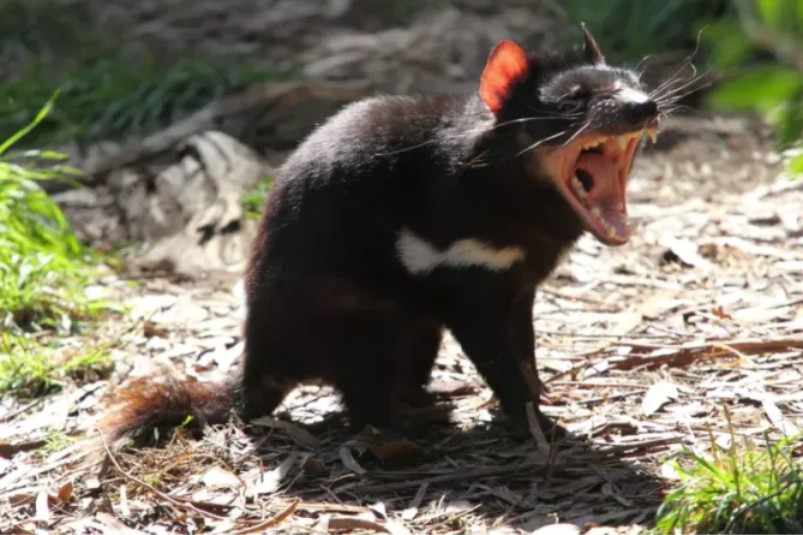
Legislation can also help. In Europe, North America and elsewhere, bans on lead ammunition have been enacted. Notably, the US state of California banned lead ammunition on all public land in 2019. Denmark recently became the first nation to ban all lead ammunition.
Australia needs to catch up.
Acknowledgements: This research was supported by a grant received from the McKenzie Fellowship Program at the University of Melbourne.
Banner: Getty Images